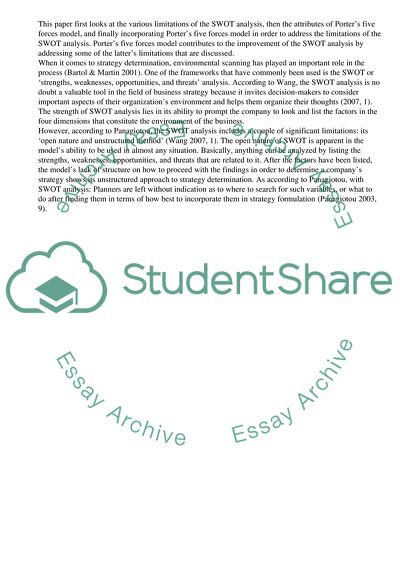Cite this document
(Compensation of the SWOT Analysis Limitations Research Paper, n.d.)
Compensation of the SWOT Analysis Limitations Research Paper. Retrieved from https://studentshare.org/management/1721139-discuss-how-porters-5-force-model-might-contribute-to-a-swot-analysis
Compensation of the SWOT Analysis Limitations Research Paper. Retrieved from https://studentshare.org/management/1721139-discuss-how-porters-5-force-model-might-contribute-to-a-swot-analysis
(Compensation of the SWOT Analysis Limitations Research Paper)
Compensation of the SWOT Analysis Limitations Research Paper. https://studentshare.org/management/1721139-discuss-how-porters-5-force-model-might-contribute-to-a-swot-analysis.
Compensation of the SWOT Analysis Limitations Research Paper. https://studentshare.org/management/1721139-discuss-how-porters-5-force-model-might-contribute-to-a-swot-analysis.
“Compensation of the SWOT Analysis Limitations Research Paper”, n.d. https://studentshare.org/management/1721139-discuss-how-porters-5-force-model-might-contribute-to-a-swot-analysis.


